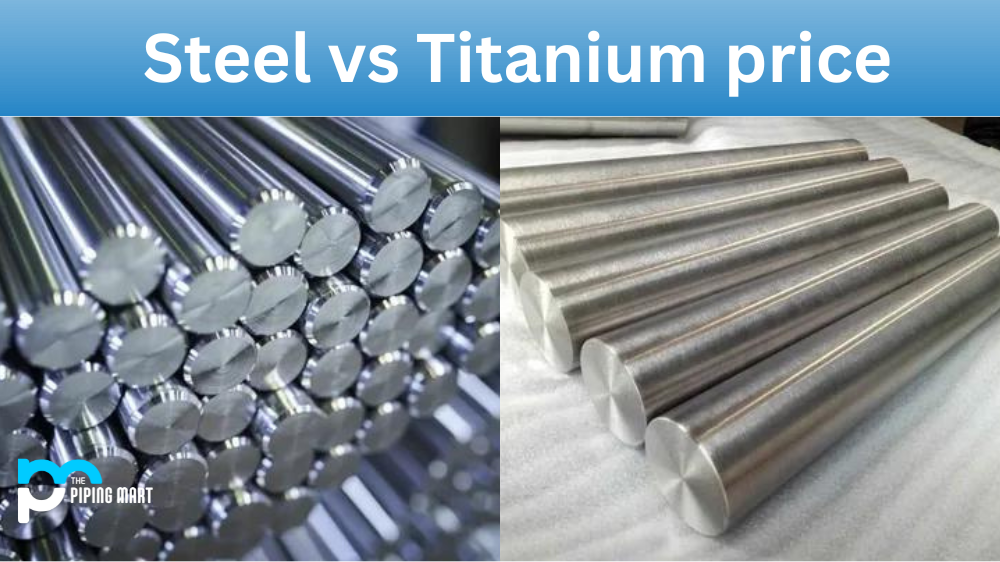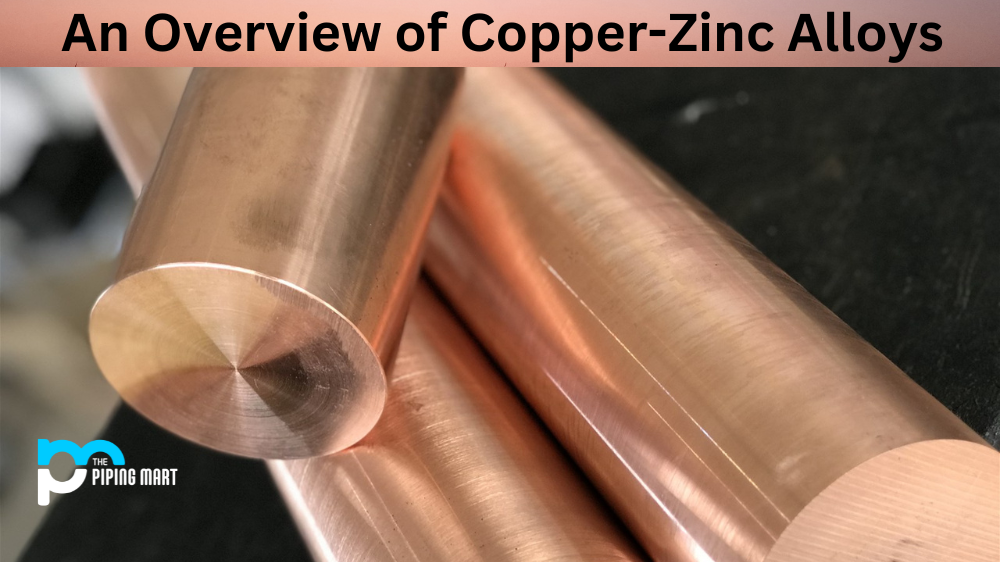Light gauge steel structures are frequently used in residential and commercial buildings because they are cost-effective, durable, and energy efficient. In order to ensure that light gauge steel is properly engineered for optimal performance, it is important to understand the differences between unstiffened and stiffened elements. Let’s take a closer look at how these two elements work together in light gauge steel structures.
Unstiffened Elements
Unstiffened elements are members of a structural system that have not been reinforced with additional internal support components such as braces or webs. Unstiffened elements are designed to resist loads without additional reinforcement; however, the tradeoff is that their strength is limited compared to stiffened elements. Unstiffened elements can be found in simple structures such as walls and roofs, as well as more complex structures such as trusses and columns.
Stiffened Elements
Stiffened elements are members of a structural system that have been reinforced with additional internal support components such as braces or webs. These reinforcements add strength to the elements they reinforce while also reducing deflection under load. Stiffening an element can increase its capacity by up to 50%, depending on the type of stiffener used. Additionally, the use of stiffeners can help reduce fatigue failure due to vibration or cyclic loading conditions.
The use of both unstiffened and stiffened elements in light gauge steel structures allows engineers to design lightweight yet durable structures that meet safety requirements while also remaining cost-effective. By understanding how these two types of elements interact within a structure, engineers can optimize their designs for specific applications while ensuring maximum performance over time.
Differences between Unstiffened and Stiffened Elements
There are two basic types of elements when it comes to structural systems: unstiffened and stiffened. The differences between these two vary, but ultimately, they both serve the same purpose of providing strength to a structure. Unstiffened elements are relatively simple constructions that are mostly subjected to pure tension, whereas stiffened elements require more maintenance and attention due to their ability to distribute stress across multiple points. Structures made with unstiffened elements tend to be light, while structures constructed with stiffened elements can be heavier due to the added components included in their designs. Ultimately, engineers must weigh their options between these two categories of elements depending on the given application and desired results.
- Unstiffened elements are more flexible than stiffened elements.
- Unstiffened elements are typically used for beams and columns, while stiffened elements are used for trusses and plate girders.
- Unstiffened elements are usually made from rolled steel or built-up sections, while stiffened elements are usually made from welded plate or rolled shapes.
- Unstiffened elements typically have a lower weight-to-strength ratio than stiffened elements.
- Unstiffened elements are more likely to buckle than stiffened elements.
Conclusion
When designing light gauge steel structures, it’s important to consider both unstiffened and stiffened elements for optimal performance. Unstiffened elements provide basic strength without any added reinforcement, while stiffeners add extra strength by reinforcing certain areas of the structure where extra support may be needed. By utilizing both types of elements together, engineers can create lightweight yet durable structures capable of meeting safety requirements while still being cost-effective over time. Understanding these differences will help you make informed decisions when designing your next light gauge steel structure project!

A passionate metal industry expert and blogger. With over 5 years of experience in the field, Palak brings a wealth of knowledge and insight to her writing. Whether discussing the latest trends in the metal industry or sharing tips, she is dedicated to helping others succeed in the metal industry.




